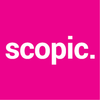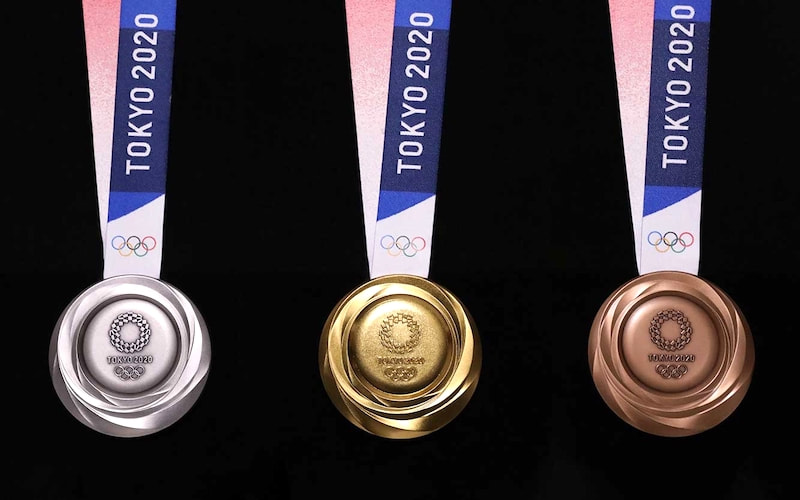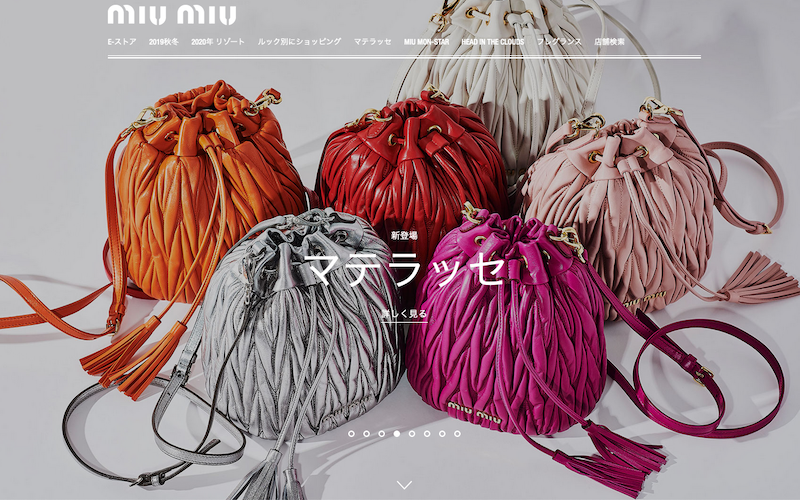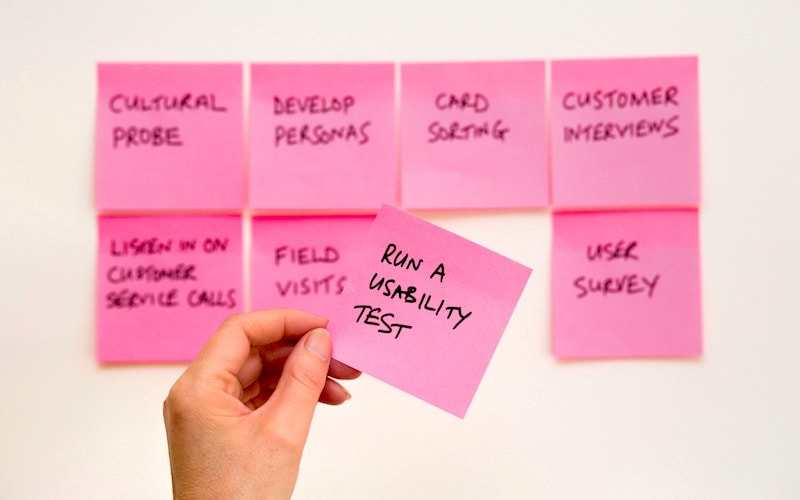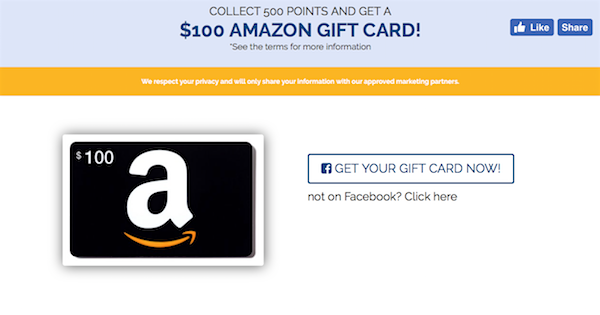Here are five benefits of creating a collaborative environment.
1. Encourages creativity
Brainstorming as part of a collaborative team encourages creative ideas to bloom. Sharing varying viewpoints creates more effective solutions to developmental problems. Allowing teammates to come together in a collaborative workspace is a better way to foster creativity and learning.
2. Builds trust
Collaborating in a team environment builds trust and confidence among team members. This trust and confidence will promote an open and supportive workplace where fresh ideas are rewarded.
3. Increases knowledge
Working with other employees or outsourced specialists develops the skills and knowledge of all the team. Your employees will benefit from being part of a bigger team with a range diverse skill sets.
4. Supports risk-taking
Teams tend to take more risks, as they have a support network to fall back on. Teamwork allows employees the freedom to think outside the box and take more healthy risks in the development stage.
5. Promotes ownership
Collaborative projects encourage team members to feel proud of the ideas and solutions shared. Working in a team allows employees to feel more connected to the company.
If you like what you see and are interested in finding out more, then connect with us via email and we’ll get back to you on the same business day.
Business Process Outsourcing (BPO) Inquiry
[email protected]
